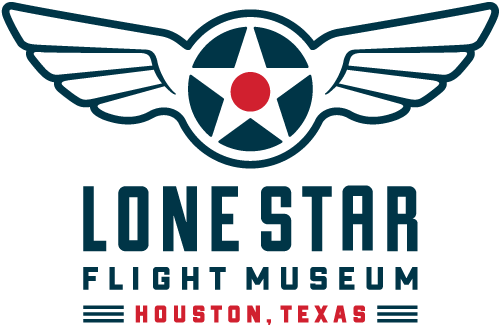
Out of this world FUN!
The newest edition to the many aviation-inspired experiences at the museum! SPACE GALLERY offers a deeper understanding of what it was like for Space Shuttle astronauts to train, live and work in space, the exhibit features the NASA Crew Compartment Trainer-2 (CCT-2) and EVA Airlock System, the Space Shuttle Motion Base Simulator and other artifacts from NASA, including a Rover and Humanoid.
Highlighting this history, the exhibit includes a series of cases and displays with medical kits, shuttle tools, astronaut sleeping bag and other artifacts that detail what life in space is like for an astronaut. Adding a personal aspect to the exhibit are several personal items from retired NASA astronauts, including Mike Forman, mayor of the City of Friendswood and Gene Cernan, the last astronaut to walk on the moon.
A viewing platform will allow visitors to peek inside the middeck of the CCT-2 and the airlock system, and scheduled tours inside the rover will also be offered on a regular basis. Adding an immersive and interactive aspect to the exhibit are three touchscreens that will take visitors through the anatomy of a shuttle, a virtual tour inside the CCT-2 middeck and flight deck and a history of the space shuttle missions.
SPACE GALLERY was made possible by the generous support of

NASA Johnson Space Center
Museum of Flight • USM
SMS-MB Sponsors
Texas A&M University
Association of Space Explorers • The Boeing Company • Carl Brainerd
Dr. Bonnie Dunbar • Michael Foreman • Jacobs Technology
KBR – Clear Lake • Dr. Dimitris and Magdalini Lagoudas • Preston E. Page



